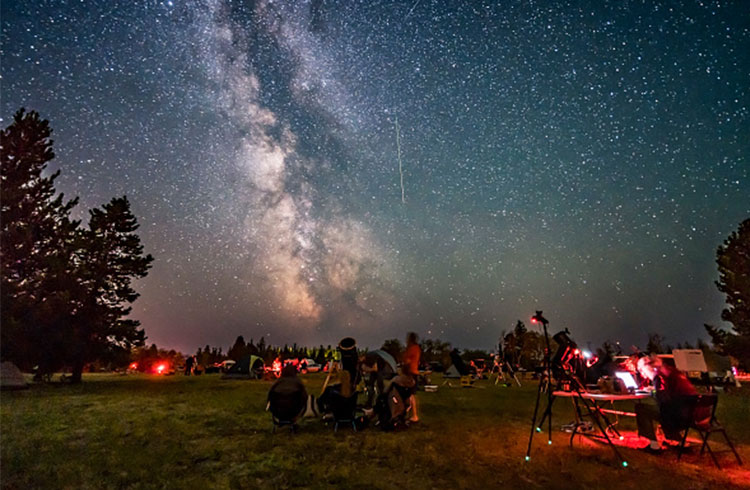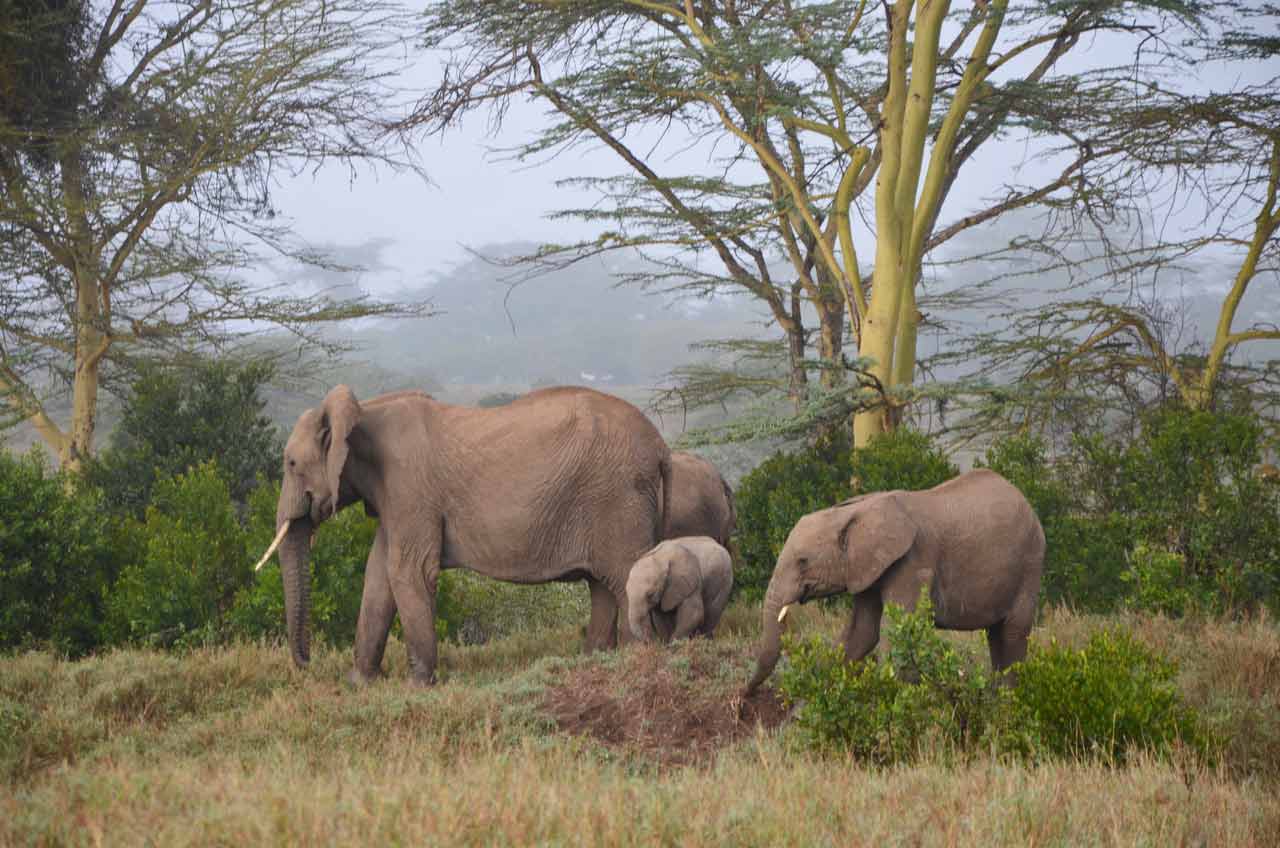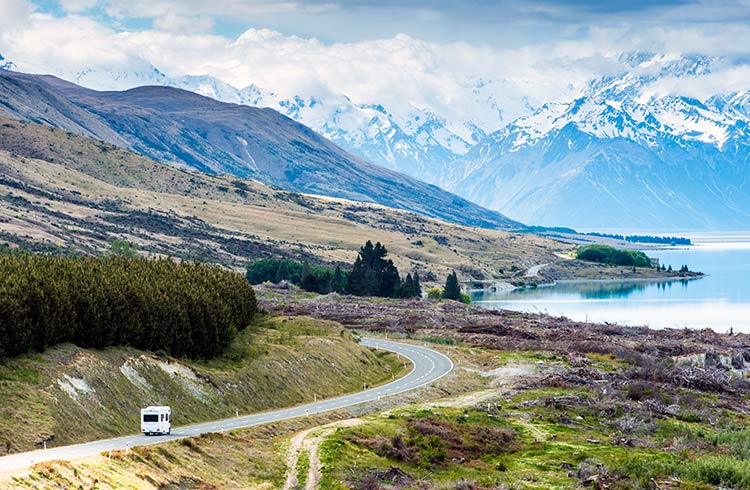Why Protecting Our Starry Skies Matters to Travelers
Why we need to support dark-sky reserves and restore the night skies.
 Photo © Getty Images / VW Pics
Photo © Getty Images / VW Pics
As recently as a century ago, most of us could walk outside at night and gaze up at star-filled skies. Artificial light in and around buildings, on advertising screens and billboards, plus those lining streets and illuminating sporting venues, means we usually have to travel to remote areas to achieve that same sense of wonder.
Why darkness matters
According to the International Dark-Sky Association, light pollution – the unnecessary spilling of light from excessive brightness and light trespass (light falling where it needn’t due to poorly targeted or improperly shielded lights) – means at least 80% of us live under ‘skyglow’, making it impossible to see more than a few stars punctuating the night sky.
More importantly, disturbing the natural rhythm of light and dark harms animals and ecosystems. Migratory birds take their cues from natural light, sea turtles find the sea by detecting light over the ocean, predators use light to hunt and the hunted use darkness to hide. Artificial light impacts reproduction, nourishment, sleep and protection.
As travelers, supporting dark-sky initiatives is one way we can ensure dark sites are preserved, and that more responsible lighting policies are implemented to reduce light pollution.
The wonders of stargazing
There are 130 certified International Dark-Sky Places around the world, ranging from Aoraki Mackenzie International Dark-Sky Reserve in New Zealand to Brecon Beacons National Park in Wales, and other pristine spots in Australia, Japan, Canada, France, Southwestern USA, Croatia and Germany, among others. These conservation-minded reserves work closely with surrounding towns and regions to minimize glare, light trespass and skyglow.
Your own astro-experience could involve camping under the stars in a Mongolian yurt, sleeping in a star bed in Botswana, or taking a star-filled tour in a dark-sky reserve. If you can’t get away just yet, become a member of your local International Dark-Sky Association chapter and join the worldwide effort to restore the night skies.
The Bortle Dark-Sky Scale measures how clearly we can see the wonders of the night sky. The darkest skies measure an impressive 1, while skies over the inner city typically rate an underwhelming 9 on the nine-level numeric scale. Use this scale as your compass when seeking out a worthwhile place to stargaze, or head to a certified International Dark Sky Park.
Five dark sky parks to explore
1. Natural Bridges National Monument, USA
With a rating of 2 on the Bortle Dark-Sky Scale, this national park offers mesmerizing views of the Milky Way rising high over Owachomo Bridge – the second-largest natural bridge in the world.
2. Aoraki Mackenzie International Dark Sky Reserve, New Zealand
Take a stargazing tour or camp out under the stars in this pristine country’s darkest location: the Mackenzie Basin in the center of the South Island.
3. Pic du Midi, France
Ride the cable car to the mountaintop observatory where astronomy tours and a giant telescope take you one step closer to planets, constellations, galaxies and nebulae overhead.
4. Mont-Mégantic, Canada
Cap off a day of hiking or skiing with a visit to ASTROLab, an astronomy activity center comprising an observatory and multi-media exhibits. Take a snowshoe tour by torchlight to enjoy the night sky in all its natural splendor.
5. Zselic National Landscape Protection Area, Hungary
The 9000-hectare (222,000-acre) Zselic Starry Sky Park offers views of The Triangulum Galaxy on clear nights – with or without a telescope. Enhance the experience with a guided night tour, a visit to the planetarium, or an astronomy lecture.
Related articles
Simple and flexible travel insurance
You can buy at home or while traveling, and claim online from anywhere in the world. With 150+ adventure activities covered and 24/7 emergency assistance.
Get a quote

No Comments